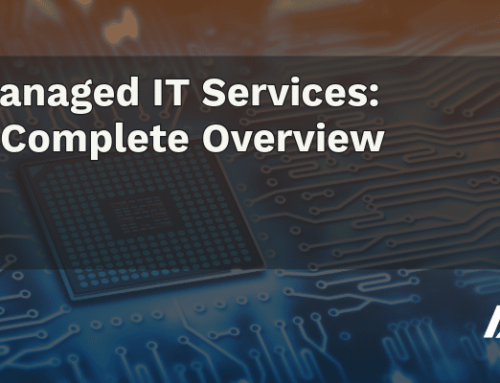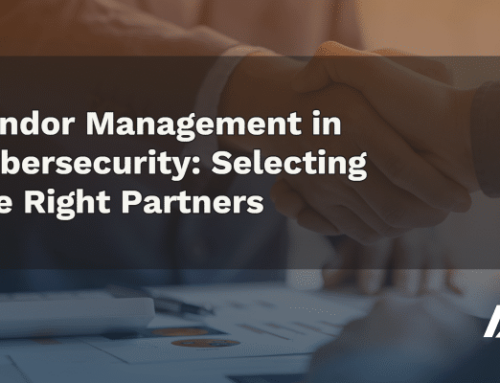Today, the world produces an astronomical amount of data. Every second, a single individual creates an average of 1.7 MBs, and that data goes on to be analyzed and distributed at lightning fast rates.
This means the risk of a data leak is higher than ever for businesses everywhere. Get the key information you need to know to start shoring up your cybersecurity and securing your organization from the potentially disastrous consequences of data exposure.
What Is a Data Leak?
Not to be confused with a data breach, which involves a bad actor intentionally exploiting vulnerabilities, a data leak occurs when sensitive data is exposed in any form, whether due to an attack or simply misusing technology.
MALICIOUS INSIDERS
When we think of data leaks, we tend to picture a “hacker” sitting behind a computer, but sometimes, a once-trusted individual within the organization is responsible for exposing sensitive information. For example, a disgruntled employee (or ex-employee) could decide to leak personal ID credentials, financial KPIs, or any other confidential data.
HUMAN ERROR
Humans make mistakes, which means your employees could be the cause of a data leak even when there’s no malicious intent. Common examples of human error involve sending an email containing confidential information to the wrong recipient, losing a company device, or failing to securely lock their device.
LEGACY TOOLS & PHYSICAL LEAKS
While modern digital tools, such as SaaS or cloud solutions, are most often associated with data leaks, physical tools or outdated technology are also at risk. For example, imagine an employee misplaces a physical document or USB with sensitive information.
PHISHING
One of the most common types of cyber attacks, phishing occurs when a bad actor poses as a legitimate person or organization and attempts to trick users, usually via email, into giving up sensitive information.
The Impact of Data Leaks & Breaches
REVENUE LOSS
Perhaps the most talked-about consequence of data leaks is the financial loss. The exact cost varies depending on severity of the leak, but even small businesses may need to pay hundreds of thousands of dollars in damage control costs, such as compensating anyone affected by the leak (like customers), legal fees, and increased cybersecurity measures.
REPUTATIONAL DAMAGE
Not all publicity is good publicity when it comes to data leaks. When a business becomes known to a wider audience purely because of a data leak, reversing the damage to its reputation is often a steep uphill battle. Even businesses that don’t make the headlines may struggle to attract new customers and restore the good faith of their current ones.
LEGAL RISKS
Many rules and regulations exist to ensure companies take the right steps to protect consumer data. When a data leakage occurs, a business might face a class-action lawsuit from customers affected by the leak. The company can avoid any legal fees if it can prove complete due diligence, but if not, it’ll need to provide compensation, which doesn’t come cheap. In 2014, Home Depot reportedly needed to pay $134.5 million after being involved in one of the biggest data leaks to date.
How Can You Prevent Data Leaks?
EVALUATE THIRD PARTIES
You could have the most robust and cutting-edge security measures, but if any vendors or third-party providers don’t have a strong security posture, your business is at risk. In addition to checking for certifications, such as SOC 2, you can put together forms or questionnaires that assess vendor risk.
LIMIT ACCESS
The more people that have access to your data, the more likely you’ll end up with a data leakage. Ideally, your data is being shared on a strictly need-to-know basis, meaning no one can access data that isn’t absolutely critical to their responsibilities and duties.
INVEST IN EMPLOYEE TRAINING
Whether due to misuse or a simple error, humans continue to be one of the main causes of data leaks. Luckily, a robust cybersecurity training program can help you build a human firewall. When your workforce has the right cybersecurity knowledge, such as how to recognize a phishing scam, it goes from your weakest link to your strongest asset.
SECURE YOUR ENDPOINTS
Mobile phones, tablets, laptops, desktops: These are all examples of endpoints, and with the rise of remote work, they’ve become even harder to secure. What does this mean for your business? It means you’ll need comprehensive endpoint protection solutions that go beyond a simple firewall and VPN to include whitelisting tools, network access control, and more.
Secure Your Data & Protect Your Business With AccountabilIT
Every business is at risk of a data leakage, but there’s no one-size-fits-all prevention strategy. With our customer-first culture and vast experience, we provide cybersecurity services and solutions that truly work for your business. Connect with us to learn more about how we’ll work together to boost your data security.




